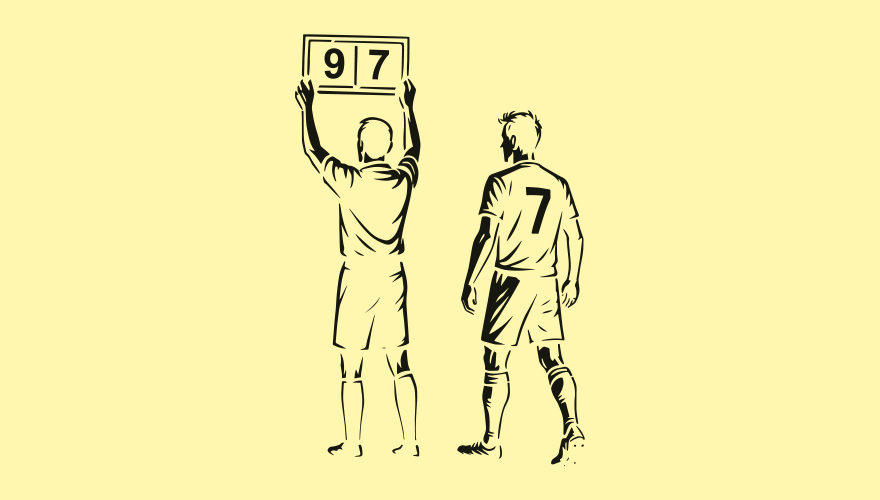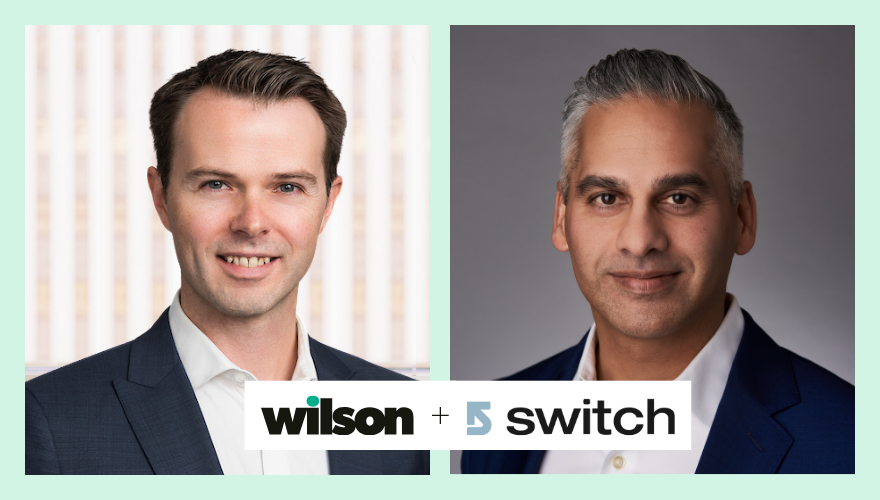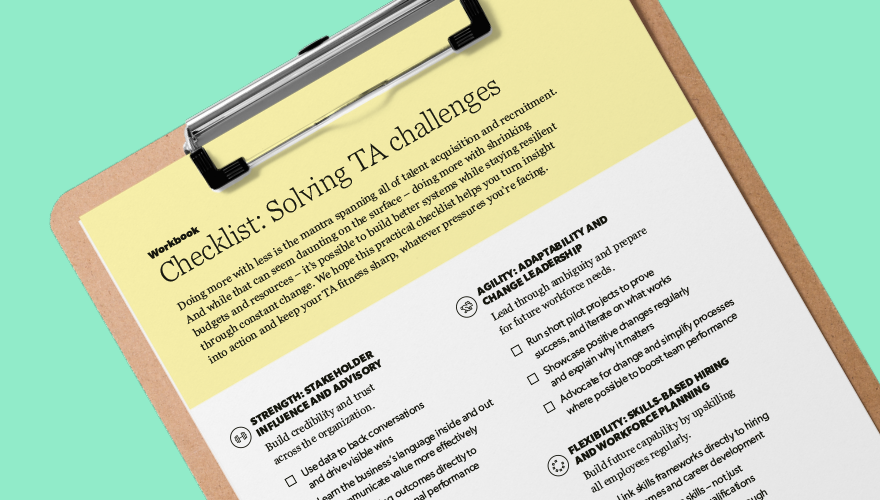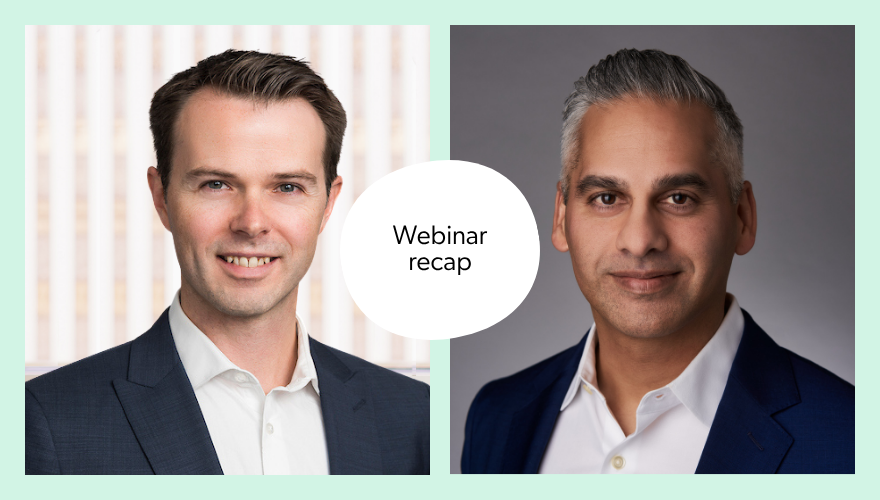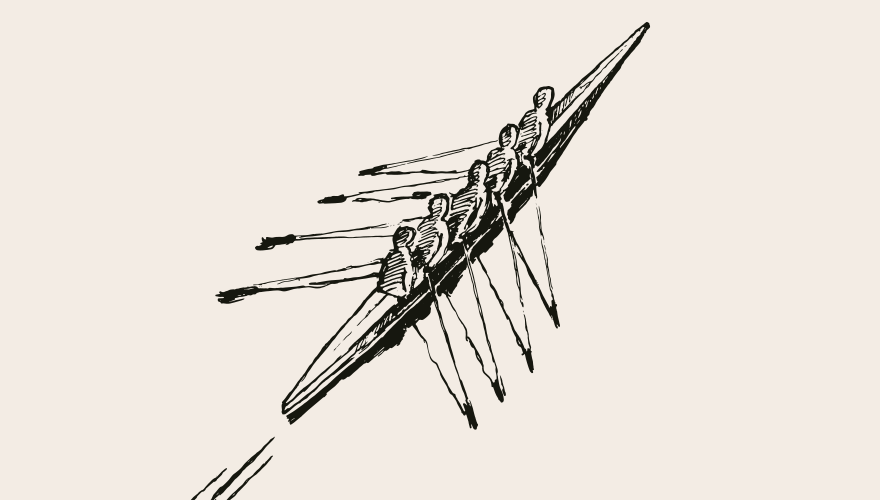Blog
The end-to-end talent lens: Why TA leaders must think beyond hiring
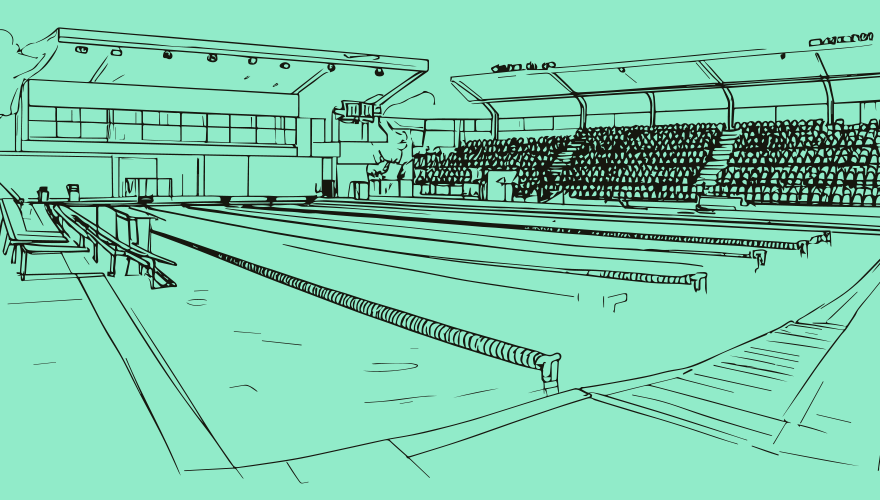
Q&A with James Dowling, Talent Director, Open Society Foundations
Over a 25-year career spanning agency recruiting, executive search, and global talent leadership, James Dowling has helped organizations rethink the way they find, grow, and retain talent. Today, as Talent Director at Open Society Foundations, he leads a broad people portfolio, from talent acquisition and employer brand to learning, performance, and leadership development.
Here, James reflects on how TA leaders can evolve from execution to influence, why thinking beyond hiring is a strategic imperative, and what it takes to lead through transformation in a values-driven organization.

James dowling
Talent Director, Global
You started your current role with a focus on talent acquisition, but it’s since expanded. What prompted that shift?
I’m incredibly fortunate that our organization supports and invests significantly in people development. The shift was both intentional – as professional growth was an important factor in deciding to join the organization – and structural. As part of the People and Culture leadership team, I led several workstreams of our restructuring work, and as the organization evolved, the opportunity arose to bring employer brand, talent acquisition, learning, leadership development and performance together.
Recently, I’ve also taken on HR business partnering for a small client portfolio which has been a fantastic learning experience. Professional growth has come from putting myself in the way of opportunity, being proactive and saying: “I can take this on.” I must also credit those who have supported my development since joining. The opportunity to bring these teams together also reflects the direction of the function: end-to-end talent thinking that links hiring, development, and performance into a single narrative.
How have expectations of TA changed in the last few years?
Earlier in my tenure here, we were in rapid redesign and build mode. Following a major restructure, we faced over 150 critical gaps across the organization. The role of TA at that time was tactical: prioritizing, mobilizing, filling the capability gaps fast as we embedded the new organizational model.
Once that phase passed, the priority shifted toward shaping a forward-looking talent strategy and deepening trust across the organization. It inspired a mindset shift - energizing the team and elevating how we were viewed across the business.
What skills or behaviors have been most critical for you as a leader in this context?
I’d split it into two phases. During the restructuring, the focus was on purposeful execution - delivering on commitments with consistency and integrity. That called for clear and frequent communication and a steady hand through uncertainty.
In the second phase, it became about strategy and sequencing: how to rebuild capability, culture, and leadership in a meaningful way. That required changing gears, moving from operational delivery to bigger-picture prioritization and influence.
Whether driving change or shaping strategy, success hinges on how effectively you engage people. It’s not just about alignment; it’s about trust, shared purpose, and creating space for others to contribute meaningfully. Bringing people with you isn’t a step in the process – it is the process.
You’ve said that TA leaders need to think beyond their own function. What does that look like for you?
TA leaders need to see themselves beyond being the custodians of the hiring process. To drive real impact, they must operate as integral partners within the broader people and culture function, aligning hiring decisions with long-term capability needs and enterprise-wide goals.
When TA is embedded strategically, it becomes a lever for growth, agility, and competitive advantage
How do you effectively partner with the business?
One of the most valuable lessons I’ve learned is that your HR peers are your most important allies and the people you can learn so much from. True impact comes from working with your cross-functional partners. In every organization I’ve been part of, the same has held true. When you collaborate and co-create across functions, you get better outcomes, stronger support and a shared sense of ownership over business successes.
It’s also about understanding what each business leader really needs. Sometimes it’s one big thing a year that moves the needle for them. Sometimes it’s consistent delivery and iterative changes. But either way, it’s about trust, and tailoring your support to their context.
What is your approach to doing “more with less”?
Cost is always part of the equation, but I’m unapologetically clear about what’s needed to deliver at pace and with quality. If we need to outsource to meet demand, I’ll say, “This is what it will take.” That honest, transparent approach leads to better conversations. Either we get the investment, or we align on what to de-prioritize.
It’s also about embracing flexibility as a strategic advantage. It’s not just in-house versus outsourced; it’s about deploying the right approach for the right situation, which is often a blended model.
Focusing on the capability, well-being, alignment, and engagement of your team is another key enabler for doing more with less. The correlation between your investment into your teams’ growth and development, and your teams’ capacity to deliver extraordinary outcomes, is unquestionable.
What trends are you watching in TA and talent more broadly?
AI, of course, but I’m cautious. There’s a lot of hype, and for many tools we may not fully understand the risks well enough, or they may not deliver long-term ROI. I always ask: ‘what’s the actual business problem this is solving?’ and then go from there.
We’re also looking hard at employer brand and values, not as posters on the wall, but as integrated parts of our culture and people experience. After a period of intense change, we’re focused on rebuilding trust, and that starts with consistency - in how we communicate, how we behave, and how we show up.
Looking ahead, what’s your advice to other TA leaders trying to stay relevant and impactful?
Think beyond talent acquisition. Real impact comes from connecting the full talent lifecycle. Succession, development, onboarding, workforce planning, performance, recruitment, learning - they are all connected. The more holistically you can approach this, the more influence on positive change you can have. As the influence broadens, you stop filling roles and start shaping futures.
Keep your mindset open, experiment boldly, and challenge yourself constantly. Put yourself in the path of opportunity. Don’t just replicate what worked elsewhere - tune into what the business needs now, and stretch to meet it. That’s where real impact, and real growth, can happen.
Dive into more actionable insights
Modernizing talent acquisition requires an actionable approach to technological change, budgetary constraints, and strategic workforce planning. Read more about how to stay future ready from our content series.
